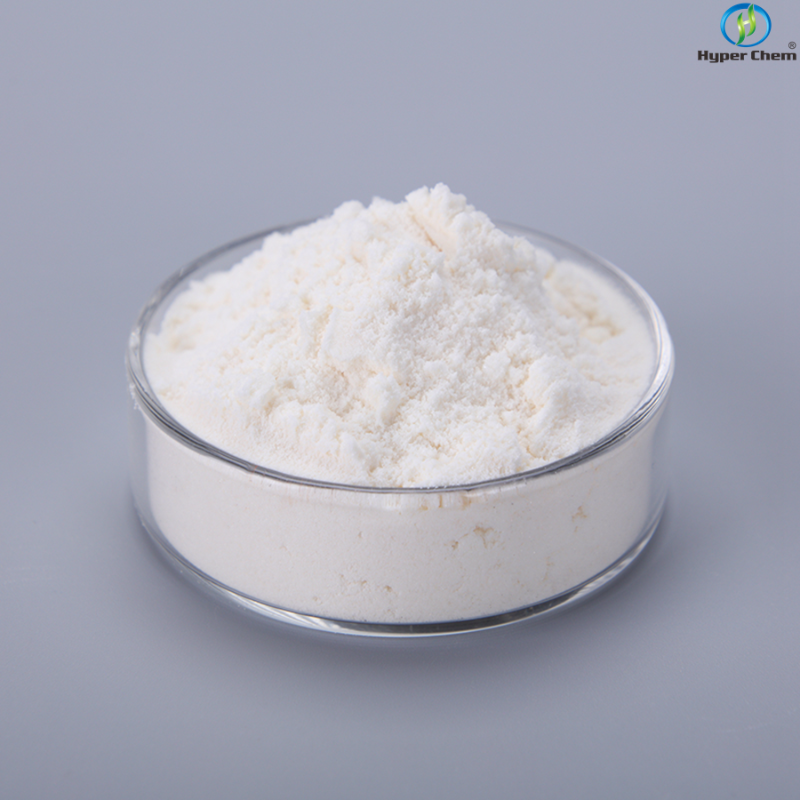-
Categories
-
Pharmaceutical Intermediates
-
Active Pharmaceutical Ingredients
-
Food Additives
- Industrial Coatings
- Agrochemicals
- Dyes and Pigments
- Surfactant
- Flavors and Fragrances
- Chemical Reagents
- Catalyst and Auxiliary
- Natural Products
- Inorganic Chemistry
-
Organic Chemistry
-
Biochemical Engineering
- Analytical Chemistry
-
Cosmetic Ingredient
- Water Treatment Chemical
-
Pharmaceutical Intermediates
Promotion
ECHEMI Mall
Wholesale
Weekly Price
Exhibition
News
-
Trade Service
Follicular lymphoma (FL) is the second most common subtype of non-Hodgkin lymphoma and has the highest incidence in indolent lymphoma, accounting for 20%-30%
of all non-Hodgkin lymphomas.
The natural history of the disease is generally inert, alternating with multiple relapses
.
Finally, over time, the development of resistance to conventional chemoimmunotherapy resulted in a median overall survival (OS) of 8-10 years
.
The phosphatidylinositol-3 kinase (PI3K) signaling pathway is particularly important
for B cell survival, proliferation, migration, and activation.
It acts downstream of the B-cell receptor (BCR) and its CD19 coreceptor, chemokine receptor (CXCR5) and BCR co-stimulatory factor (such as CD40 and toll-like receptor
).
PI3K δ isotype signal transduction dysregulation is selectively expressed in leukocytes, which brings advantages to the proliferation and survival of some malignant B cells, which makes it a potential therapeutic target for B lymphoproliferative diseases
.
Based on the role of idelalisib as a reversible inhibitor of PI3Kδ and the overall response rate (ORR) shown in the phase II DELTA trial, idelalisib was approved by the European Medicines Agency (EMA) in 2014 for patients with relapsed/refractory (R/R) FL who had previously received at least 2 lines of therapy
.
Because there is little real-world evidence for the use of idelalisib, researchers designed a retrospective, multicenter study to evaluate the safety and efficacy
of idelalisib in the real world.
01Research methods
From September 2015 to May 2017, a total of 55 patients diagnosed with double-refractory FL received idelalisib continuous therapy
.
The baseline characteristics of the patients in this study were approximately comparable to those of the patients in the DELTA trial (Table 1).
82% of patients present with advanced disease, 19% have a large mass, and 40% have a high risk
of Follicular Lymphoma International Prognostic Index (FLIPI).
The median time to last treatment was 7 months, and the number of prior treatment lines was 3 (range 2 to 9).
Table 1
02 Research results
The median exposure time to idelalisib was 10 months (range 1-43 months) and the ORR was 73%.
Twenty-three patients (60%) achieved partial response, 7 patients (13%) achieved complete response, 10 patients (18%) had disease progression, and 5 patients (9%) had stable disease
.
The median time to optimal response to idelalisib was 5 months
.
There was no difference
in response between subgroups.
At the last follow-up, 41 patients were alive and 14 were dead
.
Grade ≥ 2 adverse events
occurred in 33% of patients.
Diarrhoea, elevated liver aminotransferases, and pneumonia were the most common toxic events (16%, 16%, and 11%)
.
Neutropenia is rare (5%), and only 1 patient presents with febrile neutropenia
.
Two patients (5%) developed grade 2 cutaneous erythema-desquamation
.
The number of patients infected in this study was lower than in pivotal clinical trials (11 versus 29 percent).
No bleeding events
were observed.
In addition, the investigators found a lower incidence of hematologic toxicity, possibly related to
the smaller number of previous treatment lines received by the patients in this study (3 vs 4) and the timely adjustment of the dose of idelalisib when toxicity occurred.
At 12 months, 80% of patients were alive and 72% were
disease-free.
At 12 months, the patient's OS rate and progression-free survival (PFS) rate were comparable to the reported results (Figures 1, 2).
It is important to emphasize that due to the shorter median observation period (13 months), data need to be confirmed by longer follow-up
.
Figure 1
Figure 2
03 Discussion
Four patients underwent hematopoietic stem cell transplantation (HSCT) after achieving complete remission with idelalisib, of which 3 patients received allogeneic-HSCT and 1 patient received autologous-HSCT.
All patients are currently alive and in complete remission
.
Three patients who received idelalisib as allo-HSCT bridging achieved sustained remission after transplantation and did not show an increase
in transplant-related mortality or post-transplant complications.
In this context, the European Society for Blood and Marrow Transplantation (EBMT) surveyed 45 patients and evaluated the safety and efficacy of idelalisib as an allo-HSCT bridging therapy and showed good results
.
82% of chemotherapy-refractory patients achieved disease remission prior to transplantation, and there was no increased
risk of acute or chronic graft-versus-host disease.
In conclusion, this real-world retrospective study of the safety and efficacy of idelalisib showed good results
in both drug tolerability and ORR.
These features make idelalisib an effective treatment option
for patients with high-risk, relapsed, and/or refractory FL after multiple lines of therapy, including those with double refractory treatment.
Idelalisib plus rituximab-lenalidomide was able to achieve an ORR of 78% and a median PFS of 39 months, and had a good safety profile, so this may be one of the few opportunities
for older patients who are not candidates for cell therapy such as allo-HSCT or chimeric antigen receptor T cell transfusion.
References:
Isidori A, Loscocco F, Visani G, et al.
Real-life efficacy and safety of idelalisib in 55 double-refractory follicular lymphoma patients[J].
British Journal of Haematology, 2022, 199(3):339-343.
Disclaimer: This platform is designed to deliver more medical information
to healthcare professionals.
The content published on this platform cannot replace professional medical guidance in any way, nor should it be regarded as diagnosis and treatment advice
.
If such information is used for purposes other than understanding medical information, this platform does not assume relevant responsibilities
.
The content published by this platform does not mean that it agrees with its description and views
.
If copyright issues are involved, please contact us and we will deal with
it as soon as possible.
Poke "Read Original" to see more







